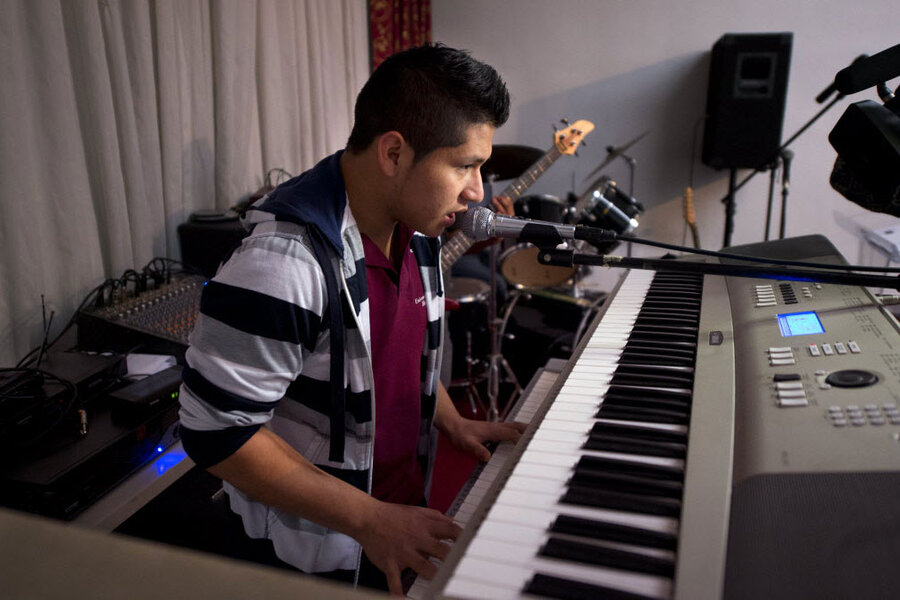As new wave of young migrants floods US border, can US ensure their safety?
Loading...
In the face of tens of thousands of migrants fleeing violence in Central America, overwhelmed US officials lowered child protection standards for migrant children, placing them in homes where they experienced sexual assault, starvation, and trafficking, according to an Associated Press investigation.
The report, published Monday, catalogues abuses young migrants faced in sponsors’ homes, after the Department of Health and Human Services (HHS) began relaxing its safety policies in an effort to accelerate the transfer of migrant children from government shelters to more permanent housing.
The story also raises the question of how equipped the United States is to ensure the safety of thousands of unaccompanied minors as they cross the border – even as a new wave of young refugees, fleeing conflict and gun violence in Honduras, El Salvador, and Guatemala, threaten to approach 2014 levels.
“We think reforms are necessary and urgently required because there are kids right now who are coming in over the border,” said Sen. Rob Portman (R) of Ohio, chair of the Senate's bipartisan Permanent Subcommittee on Investigations, to the AP. “This is a problem that has to be addressed.”
The surge in unaccompanied migrant children coming over the border is thought to have peaked in 2014, hitting more than 90,000 from only about 6,560 in fiscal year 2011.
As the numbers climbed, HHS began to cut back on steps in the safety process, first stopping the fingerprinting of adults seeking to claim the children, and then taking a series of steps that provided less transparency about sponsors’ identities and personal histories.
The victims include a 14-year-old boy from Guatemala who was starved by his sponsor; a 14-year-old Honduran girl whose stepfather forced her to work at cantinas in Florida where women dance and sometimes have sex with customers; and a 17-year-old Guatemalan who was made to work 12 hours a day in a restaurant to pay rent, the AP found.
Federal officials say they are taking steps to strengthen the safety procedure, and are preparing to add more than 2,000 additional beds for children in shelters awaiting placement. More shelters are expected to open in Texas and California, as well.
“We are not taking shortcuts,” HHS spokesman Mark Weber said. “The program does an amazing job overall.”
Still, as the influx of underage migrants began picking up again in the summer and toward the end of 2015, the question of how to continue to accommodate them continues to loom large.
In December, HHS Secretary Sylvia Burwell told Congress the agency needed $400 million to be able to provide adequate shelter and referral services to the young migrants, according to the AP. The request, however, was denied.
To some, the issue represents a humanitarian problem that requires more attention and funding.
“We’re not dealing with groups of people here who are not entitled to US protection,” James Hathaway, the director of the Program in Refugee and Asylum Law at the University of Michigan in Ann Arbor, told The Christian Science Monitor's Patrik Jonsson in 2014. “Quite the contrary, we’re dealing with a population that actually seems to in very large measure qualify for protection that we offered to provide by signing the UN Refugee Convention.”
This report contains material from The Associated Press.






